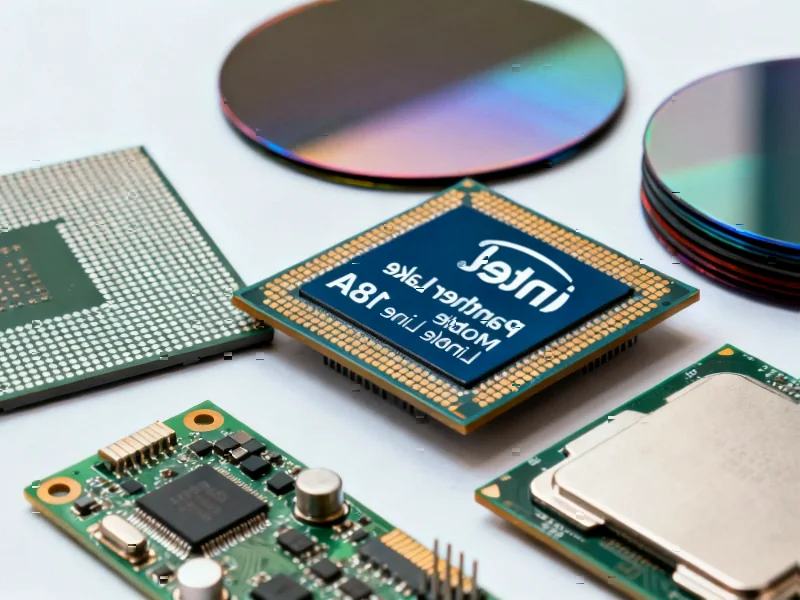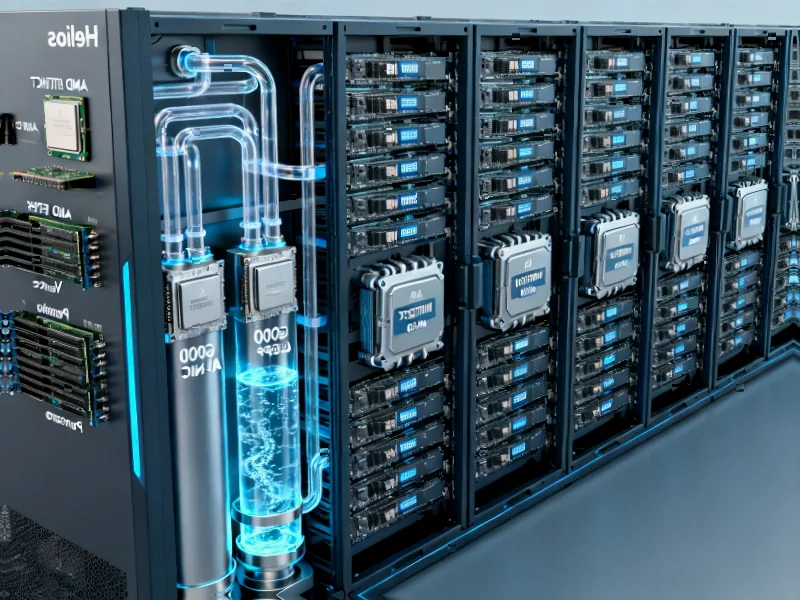The Unlikely Longevity of AMD’s Workhorse Platform
In an industry where technological obsolescence often arrives within two years, AMD’s AM4 platform appears to be breaking all the rules. According to recent industry analysis, what began as a standard CPU socket launch back in 2016 has evolved into one of the most enduring platforms in modern computing history. The platform’s remarkable staying power stems from AMD’s consistent ability to extract additional performance and features from the same physical foundation across multiple CPU generations.
Table of Contents
Sources tracking the PC hardware market indicate that several AM4 processors remain surprisingly competitive heading into 2025, potentially saving users from costly platform upgrades involving new motherboards and DDR5 memory. This development comes as something of a surprise given the industry’s typical upgrade cadence and the availability of AMD’s newer AM5 platform.
Gaming Performance That Defies Generational Gaps
The standout performer, according to multiple hardware reviews, remains the Ryzen 7 5800X3D. Built on AMD’s Zen 3 architecture and featuring the company’s innovative 3D V-Cache technology, this processor continues to deliver gaming performance that reportedly challenges much newer chips. Industry testing suggests the 5800X3D trails its direct successor, the Ryzen 7 7800X3D, by only 18% at 1080p resolution and 12% at 1440p on average.
What makes this performance particularly noteworthy is that users can achieve these results without the substantial investment required for a full platform transition to AM5. The chip’s massive 96MB L3 cache, enabled by AMD’s 3D V-Cache technology, appears to be the key differentiator that maintains its gaming relevance years after release.
Balanced Performance for Practical Upgrades
Meanwhile, the Ryzen 7 5700X has emerged as what analysts describe as one of the platform’s most balanced offerings. Reports suggest this chip delivers approximately 80% of the gaming performance of its X3D counterpart while typically costing 50% less on the retail market. This value proposition makes it particularly attractive for users looking to maximize their GPU budget rather than investing in a full platform overhaul.
The chip’s 65W TDP enables cooler operation and quieter system builds, according to system integrators who continue to recommend it for small form factor and workstation configurations. Its support for Precision Boost Overdrive and memory tuning on compatible motherboards provides additional performance headroom for enthusiasts who enjoy system optimization.
Mainstream Champions Holding Their Ground
Further down the performance spectrum, the Ryzen 5 5600X continues to deliver what industry observers call exceptional value for mid-range builds. The hex-core processor’s combination of single-thread performance and multi-threading capability reportedly remains competitive with current-generation alternatives when considering the total system cost savings.
Perhaps most surprisingly, even the Ryzen 5 3600X—AMD’s Zen 2 architecture representative—reportedly maintains relevance in budget-conscious builds. When paired with compatible B550 or X570 motherboards, this processor unlocks PCIe 4.0 support, allowing users to leverage faster storage and modern graphics cards without platform limitations.
Strategic Implications for PC Builders
The continued viability of these AM4 processors creates an interesting dynamic in the PC component market. Industry analysts suggest this situation provides consumers with unprecedented flexibility when planning system upgrades or new builds. Rather than following the traditional path of complete platform replacement, users can now consider more targeted component upgrades that deliver significant performance improvements without the substantial additional costs of new motherboards and DDR5 memory.
This development reflects AMD’s broader platform strategy that has emphasized long-term compatibility and incremental upgrades. The company’s approach to the AM4 socket stands in contrast to industry norms where platform longevity typically spans only two or three generations at most.
For PC enthusiasts and professionals evaluating their 2025 upgrade paths, the analysis suggests that AM4 continues to offer compelling alternatives to immediate platform transitions. The ability to redirect upgrade budgets toward higher-end graphics cards or additional storage while maintaining competitive CPU performance represents a significant shift in traditional upgrade calculus.
As the industry continues to evolve with new architectures and technologies, AMD’s AM4 platform serves as a reminder that raw performance numbers don’t always tell the whole story. Sometimes, the most practical upgrade path involves working with what you already have—especially when what you have continues to deliver beyond expectations.



